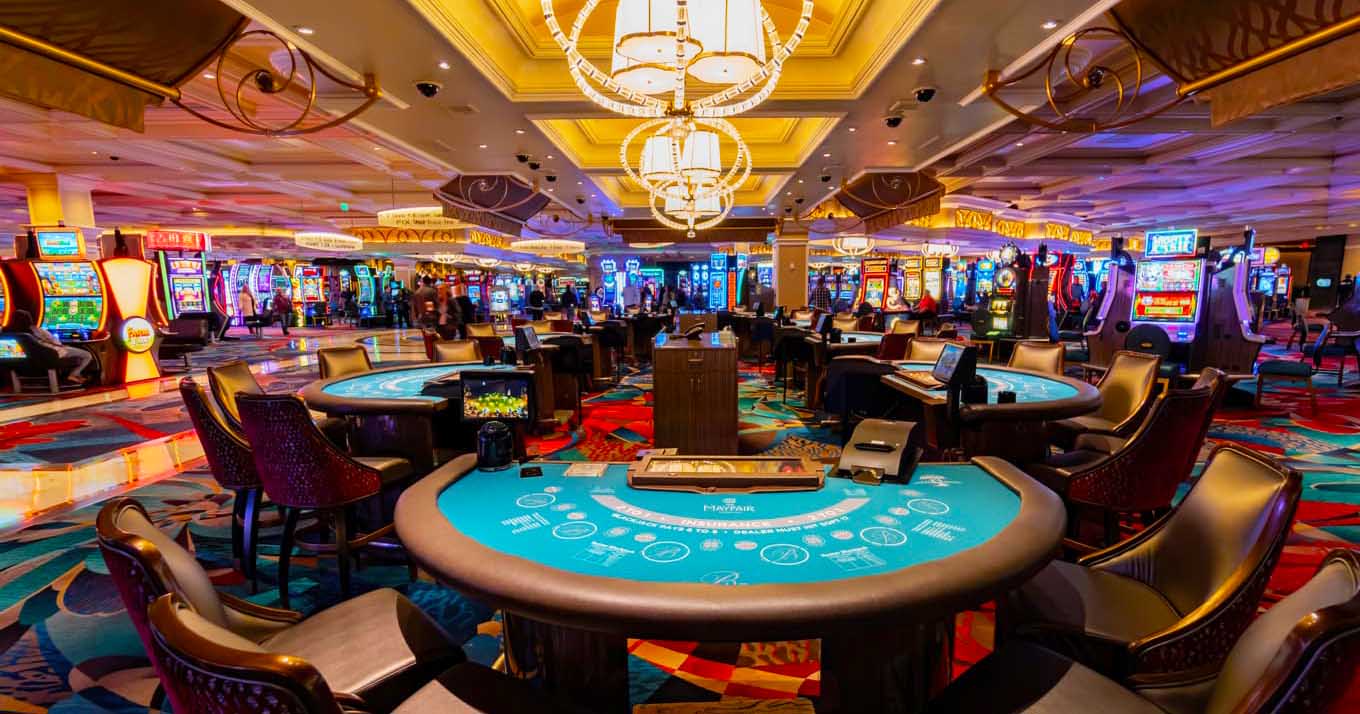
Gambling games have long captivated people’s attention, drawing gamblers into a realm filled with chance, strategy, and the allure of adventure. Each game is carefully crafted not just for enjoyment, but also to evoke particular emotional responses that keep players engaged and interested. Understanding the motivations behind these designs reveals much about how behavioral psychology plays a crucial role in the gaming experience.
From the vivid lights and dynamic sounds to the sophisticated layering of guidelines and rewards, casino games are designed to create an atmosphere of excitement and anticipation. Game designers leverage behavioral strategies to influence participant behavior, whether through the use of big prizes, almost wins, or community engagement. By examining these aspects, we can better appreciate how casino games fulfill not just a desire for entertainment, but more profound psychological needs for thrill and hazard.
Grasping Player Actions
Casino games are designed with a profound grasp of gamer psychology, which is vital for drawing in and retaining players. The thrill of the game, combined with the anticipation of winning, produces a strong draw. Game designers employ elements like sonic elements, dynamic graphics, and captivating gameplay to capture attention and evoke emotional responses. These sensory elements enhance the overall experience, making players feel more invested in the game.
Another significant aspect of player behavior is the notion of risk and reward. Casino games often weigh risky situations with the potential for considerable rewards, which can result in the event known as near-miss effect. When players come within reach to winning, the brain secretes dopamine, bolstering their behavior and encouraging them to continue playing in pursuit of that hard-to-reach win. This cycle of wish and frustration plays a critical role in how games are structured and advertised.
Lastly, social factors also play a critical role in player behavior at casinos. Many games are made to be played in teams or with other players, creating a sense of belonging and communal experience. The social interaction inherent in games like baccarat enhances enjoyment and can result in prolonged gaming periods. Designers leverage on this by designing environments that prompt players to linger, interact, and revisit, making the overall casino experience more appealing. 33win
The Role of Visuals and Audio
Imagery and sound play a crucial role in elevating the player’s experience within gambling games. Designers utilize bright colors, striking graphics, and captivating animations to attract gambler’s attention and hold their focus. The use of motifs, such as exploration or opulence, helps create an enthralling atmosphere that transports players into another world. By connecting to the senses, these elements contribute to a intensified emotional response, encouraging players to interact more deeply with the games.
Audio design is just as important in reinforcing the overall experience of casino games. The combination of ambient music, audio effects for winning combinations, and ambient noises creates an sound landscape that holds players enthralled. Audio cues associated with victories, such as ringing bells or festive music, evoke feelings of excitement and reward, encouraging players to keep playing. These audio cues are strategically placed to enhance the thrill of the game and create a more immersive experience.
Additionally, the alignment of imagery and sound is important for reinforcing the game’s overall concept and mood. Each element should coordinate harmoniously to create a unified experience that draws players in. The effective use of this synergy not only enhances user satisfaction but also increases the chances of return play, as players become more engaged in the immersive world that the casino games offer. This thoughtful combination of imagery and sound ultimately enhances player engagement and loyalty.
Reward Structures and Engagement
The design of casino games heavily depends on incentive structures to ensure participants involved and returning for additional experiences. These systems are rooted in psychological theories that take advantage of human behavior and desire. Participants are often driven by the thrill of winning, which is supported by immediate responses through the game structure’s mechanics. This prompt satisfaction not just enhances the overall experience but also cultivates a sense of success, prompting players to continue participating in hopes of greater rewards.
Gaming establishments implement various reward structures, including large payouts, bonuses, and multipliers, to captivate players. These elements create a layer of excitement that maintains engagement. Additionally, the unpredictability of results plays a crucial role in sustaining interest. The variable reward system, where wins are random but happen often enough, maintains participants on edge and motivated to keep playing. This loop of anticipation and anticipation is foundational to the effectiveness of gambling experiences.
Furthermore, social elements, such as tournaments and multiplayer features, enhance the engagement factor by tapping into the desire to compete of participants. The communal aspect of gaming with others can amplify the thrill of winning and create a sense of community within the gaming space. By integrating these community elements with efficient incentive structures, casino games don’t just offer fun but also foster a stronger bond among players, solidifying their commitment to the overall experience.